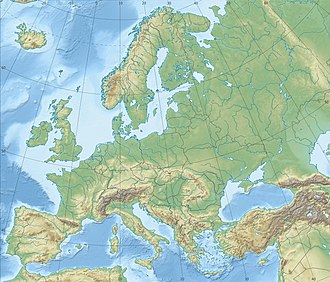This article needs additional citations for verification .(July 2008) |
| Battle of Vindonissa | |||||||
|---|---|---|---|---|---|---|---|
| Part of the Roman–Alamanni conflict and Roman–Germanic Wars | |||||||
| |||||||
| Belligerents | |||||||
| Western Roman Empire | Alamanni | ||||||
| Commanders and leaders | |||||||
| Constantius Chlorus | Unknown | ||||||
Location within Switzerland | |||||||
The Battle of Vindonissa was fought in 298 or 302 [1] between the Imperial Roman army, led by Emperor Constantius Chlorus, and the Alemanni. The Romans won the battle, fought in Vindonissa, strengthening Rome's defenses along the Rhine.

